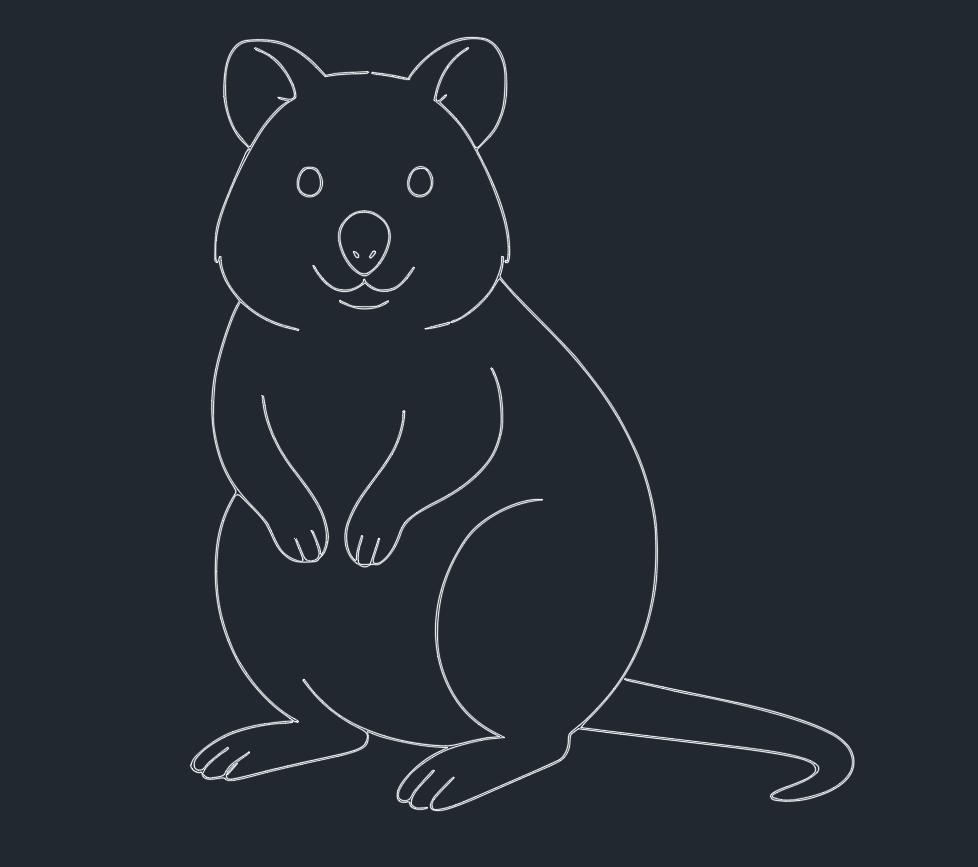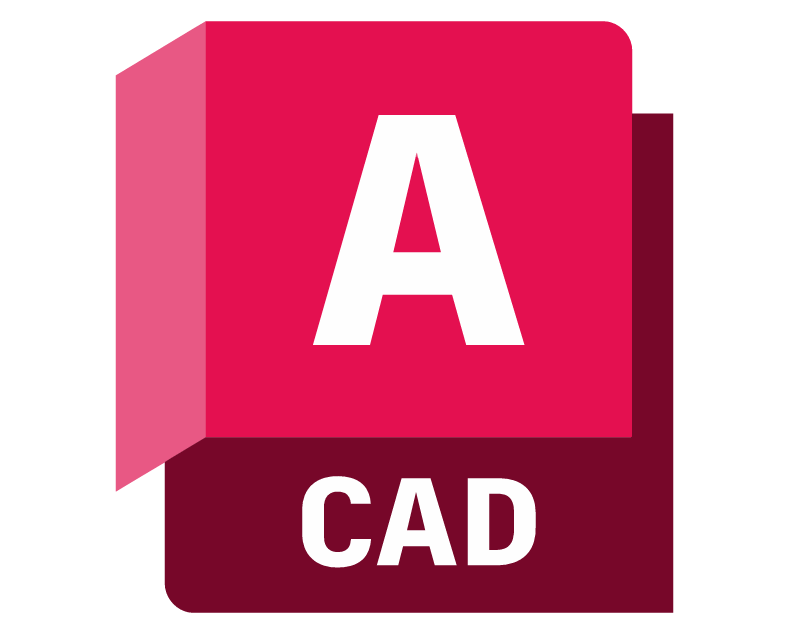Introduction to Quokka in CAD and DWG Libraries
The term quokka may be familiar as an Australian marsupial, but in the context of engineering and CAD design, “quokka” is emerging as a niche yet valuable asset. For engineers, CAD designers, and architects, integrating unique elements like quokka models into your DWG library can enhance creativity, provide new design perspectives, and fulfill specialized project requirements. This micro post explores the technical advantages, practical applications, and best practices for incorporating quokka elements into your AutoCAD and DWG workflows.
What is a Quokka DWG Block?
A quokka DWG block refers to a pre-designed, scalable 2D representation of a quokka, typically used in architectural renderings, landscaping plans, or educational projects. These blocks are compatible with major CAD software, including AutoCAD, and can be inserted directly into existing design files. By leveraging a quokka DWG block, professionals can streamline their workflow, maintain consistency, and enrich visual presentations.
Key Features of Quokka DWG Blocks
– High-quality geometry: Quokka blocks offer accurate proportions and smooth curves, ensuring realism.
– Layer organization: Properly layered for easy editing, coloring, and visibility control.
– Scalability: Maintain proportions when resizing for different project scales.
– Compatibility: Optimized for multiple CAD platforms beyond AutoCAD, enhancing workflow flexibility.
Applications of Quokka Models in Engineering and Architecture
Landscaping and Urban Planning
Quokka models are particularly useful for *landscaping designs* where fauna representation is required. Architects and urban planners incorporate quokka DWG blocks to indicate local wildlife, promote biodiversity, and visualize environmental harmony in parks or nature reserves.
Educational and Themed Projects
For *educational institutions* or themed recreational spaces, quokka blocks can be used to create engaging environments. CAD designers can import quokka DWG files into site plans, enhancing presentations and aiding client visualization.
Best Practices for Using Quokka Blocks in CAD Projects
– Maintain file efficiency: Avoid excessive detail in quokka blocks to keep DWG files lightweight and prevent lag during rendering.
– Use standardized naming conventions: Label quokka blocks clearly for easy identification and sharing across teams.
– Verify compatibility: Ensure quokka DWG files are compatible with your version of AutoCAD or preferred CAD software.
– Document sources: Keep records of where you obtained quokka blocks for copyright and attribution purposes, especially in commercial projects.
Advantages of Unique Fauna Blocks Like Quokka
Including distinctive fauna such as the quokka in your DWG library can set your projects apart. These blocks demonstrate attention to detail, local context awareness, and a commitment to innovative design. For engineers and architects, the quokka block is more than a novelty—it’s a versatile asset that supports storytelling, environmental representation, and client engagement.
Conclusion
Incorporating a quokka DWG block into your AutoCAD and DWG library is a small but impactful strategy for CAD designers, engineers, and architects. Whether for landscaping, education, or 3D visualization, quokka models enhance project diversity and visual appeal. By sourcing high-quality quokka DWG files and following best practices, professionals can streamline workflows and elevate their CAD projects to new creative heights.
Please log in or register to download this file.













Leave a Reply
You must be logged in to post a comment.